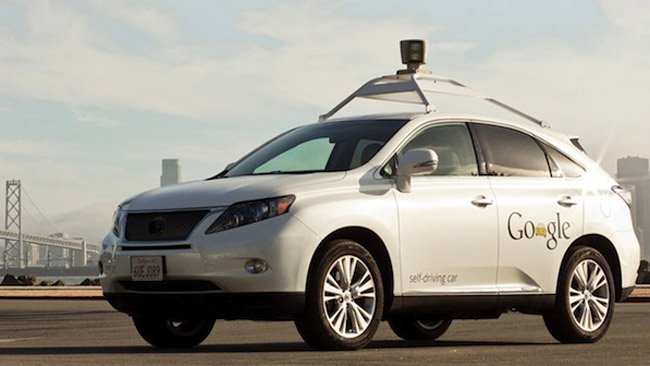Google’s driverless car project has just reached a new milestone- they can now successfully navigate their way through most urban street situations, and could be available to the public as early as 2017.
Google has announced that their driver-less cars can not only handle freeway driving but can also handle thousands of urban situations.
“We’re growing more optimistic that we’re heading toward an achievable goal – a vehicle that operates fully without human intervention,” project director Chris Urmson wrote in a blogpost.
This update was almost inconceivable just two years ago when the project first began. Since then, Google has been aiming to make driverless cars available to the public as soon as 2017.
The cars are designed that humans can interact with the computer if needed however, eventually Google wants to develop the technology so that no driver is needed at all.
The way of the future, as Google envisions it, is that passengers could work, sleep, or even read while they are being driven to their destination via computer.
Sounds daunting? Google states that with the correct technology, computer driven cars can be safer than human driven ones and that less accidents could occur.
The cars being tested have also driven 700,000 miles in total, mostly on freeways, without any complications.
One of the key features on the cars is that they contain sensors and lasers that create 3D maps of the cars surroundings in real time. The software can then distinguish between other vehicles, pedestrians, cyclists and curbs.
The next challenge is to program cyclists, roadworks and other unexpected road blocks into the software.
“A mile of city driving is much more complex than a mile of freeway driving, with hundreds of different objects moving according to different rules of the road in a small area,” Urmson continued.
While Google is making significant tracks with their computer driven cars, it is likely that they will market the software to car manufacturers in the not to distant future.
